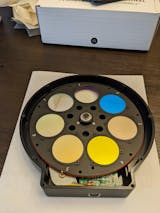
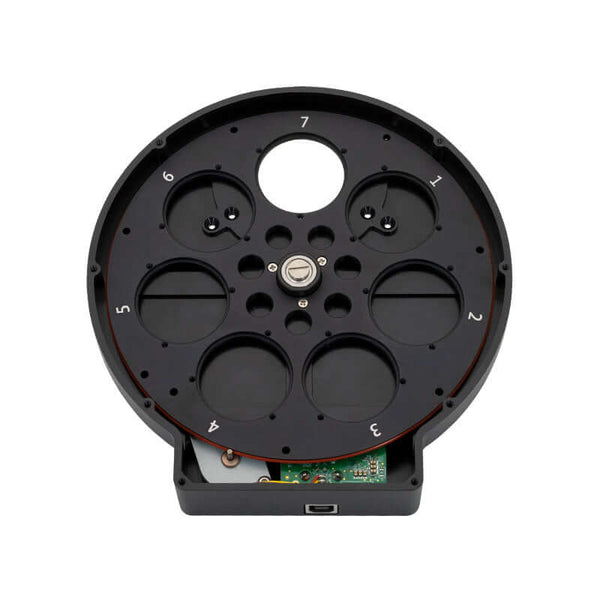
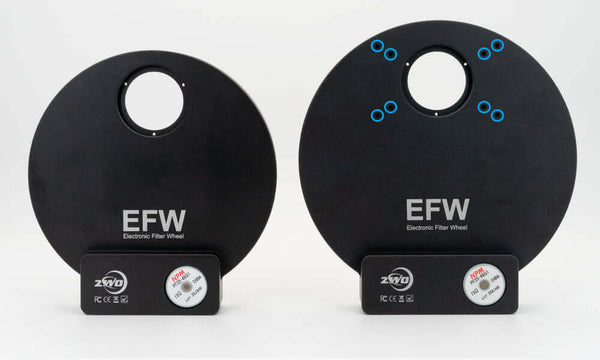

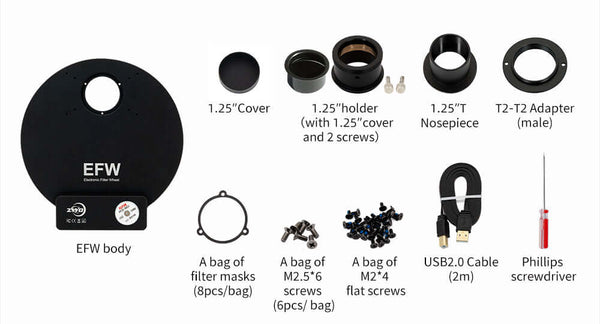





Products in the Same Family
Why Purchase from All-Star Telescope?
Free Expert Support
Whether you are a first timer needing help with setting up or an enthusiast that can't quite make that one thing work, our expert staff are ready to support your needs. With decades of knowledge and first hand experience we've been there and we can help you through it!
Stress Free, Secure Transactions
You can trust purchasing and delivery with All-Star Telescope. All of our transactions are 100% secure and Level 1 PCI DSS compliant thanks to Shopify's ShopPay platform. For additional protection, we insure 100% of the value of every shipment we make. If it get's lost during shipment, we replace it. If it gets damaged during shipment, we replace it. We make sure your product arrives exactly as you would expect it to; we promise.
We also ensure privacy protection. We never keep any of your credit card information on file and any of your personal data is stored according to our policies.
30 Day Return Policy
Buy with confidence knowing that we accept returns up to 30 days after purchase. We want you to have something you will actually use and we are confident that we keep good quality products in our store with No Junk.
Price Match Promise
Shipping around for the best price is tough, we make it easier by offering the best pricing in the market. But if you find a better price on an in-store item somewhere else we will match it!
Product Description
The new 36mm EFW (Electronic Filter Wheel) independently developed by ZWO for astronomical mono cameras. With the larger body and the newly-added screw holes on the covers, it will give a much easier and more fixable way to connect to ASI cameras.
There are 7 slots inside the EFW and we recommend you use the ZWO 36mm LRGB and SHO filter set with it.
The body is CNC milled from an aircraft graded aluminum block. It is made with high quality and thin with the thickness of only 20mm. The heart of the EFW uses the quality stepmotors produced by NPM, Japan, which can be very trustworthy. When photographing, you can rotate the EFW in both counter clockwise or clockwise direction for filter selection. The whole operation process is rather convenient and efficient.
Comparing to the original 36mm EFW, you may find the new EFW has a bigger size. The screw holes on the front and back covers shall not only allow us directly connecting the 36mm EFW to the camera and bringing the filters closer to the camera sensor, also making the it possible to match it with M68 OAG.
There are no need for multiple cables to power this filter wheel up, just one USB cable does the trick. The power consumption of this EFW is approximately 120mAh @5V, which can be operated from the Cooled CMOS’s USB hub.
All ZWO 36mm filters can be perfectly supported by this EFW. But if you use filters from third party, then please make sure the thickness of the filter should be between 1.5mm and 3.0mm (the thickness of the filter frame is 1.8mm).
Specifications

Additional Articles, Videos, and Links
External Links

Astrophotography for Beginners Step 4: Shooting Deep-Sky Images
Taking deep sky pictures can be daunting, luckily there is an easy process to follow to allow you to get great shots! Here is the typical process for actually taking deep-sky images in the field.
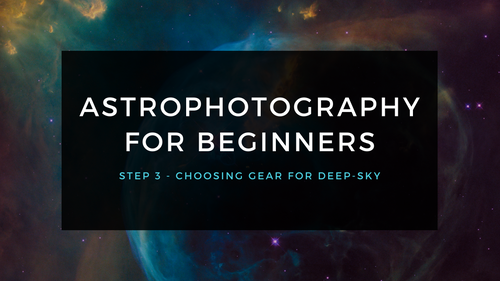
Astrophotography for Beginners Step 3: Choosing Gear for Deep-Sky Imaging
Using a star tracker gains you experience with the fundamentals of deep-sky imaging. Shooting the Moon gains you experience focusing and framing through your telescope. Through your sessions you’ll...
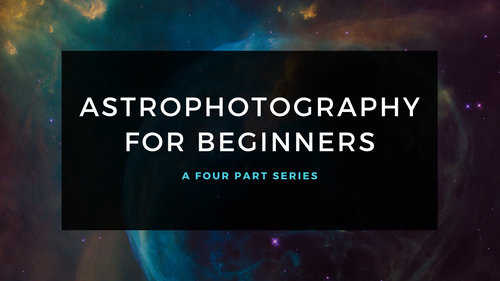
Astrophotography for Beginners - Start Here: Getting into Astrophotography Step by Step
Shooting the night sky has never been more popular, nor easier. The choice of equipment has also never been better, or more affordable. However, as per the advice given by Dickinson and Dyer in the...
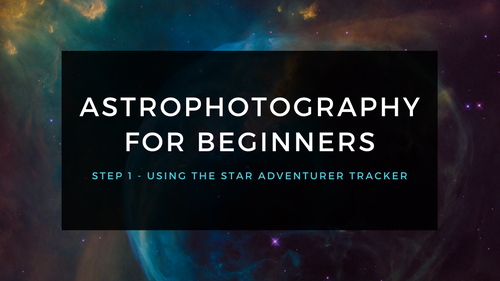
Astrophotography for Beginners Step 1: Using the Star Adventurer Tracker
By far the most economical and easiest way to capture beautiful images of the Milky Way and large deep-sky objects like the Andromeda Galaxy (shown here) is to use a star tracker. Here are steps an...
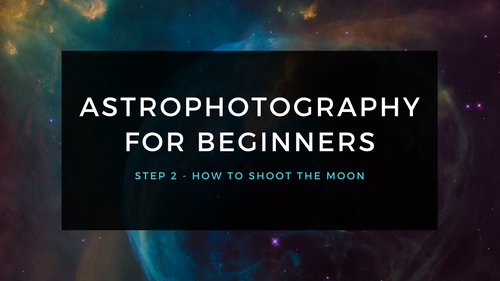
Astrophotography for Beginners Step 2: How to Shoot the Moon
Close-ups of the Moon are rewarding, and an easy way to learn to shoot through your telescope. While good results are possible with a phone camera clamped to an eyepiece (as shown below), this tuto...




